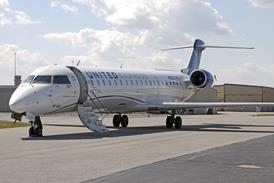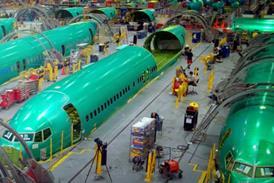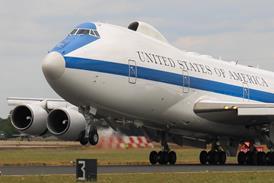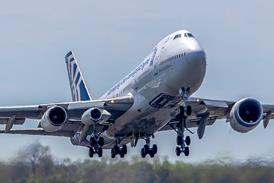NASA's Orion crew exploration vehicle's (CEV) struggle with its mass could become worse if the US agency's research confirms a need to increase the spacecraft's heat shield size by 20%.
The space agency needs to keep the spacecraft's mass at a maximum of about 30,000kg (66,000lb) to enable its booster, the Ares I crew launch vehicle to launch it. Orion has already gone through one redesign to satisfy its mass limits.
But now Orion's ablative thermal protection system's (TPS) surface could be the cause of the heat shield mass growth and the issue may not be resolved before the CEV's delayed preliminary design review, expected in November.
|
|---|
Above: This artist's rendering depicts an obsolete configuration of the Orion crew exploration vehicle re-entering Earth's atmosphere |
"Preliminary estimates show that if this 30-40% [turbulence] heating augmentation heating is applied to the aerothermodynamic database the heat shield mass may increase up to 20%," says an internal NASA report obtained by Flightglobal.
The US space agency was not available for comment. By June NASA had completed a computational fluid dynamics (CFD) study and planned to start aerothermal tests this month. In August such tests using an Orion scale-model will start, with a larger model being used in September. October and November will see further analysis of CFD results and the tests. NASA plans for these studies to go on into 2009.
Source: Flight International














